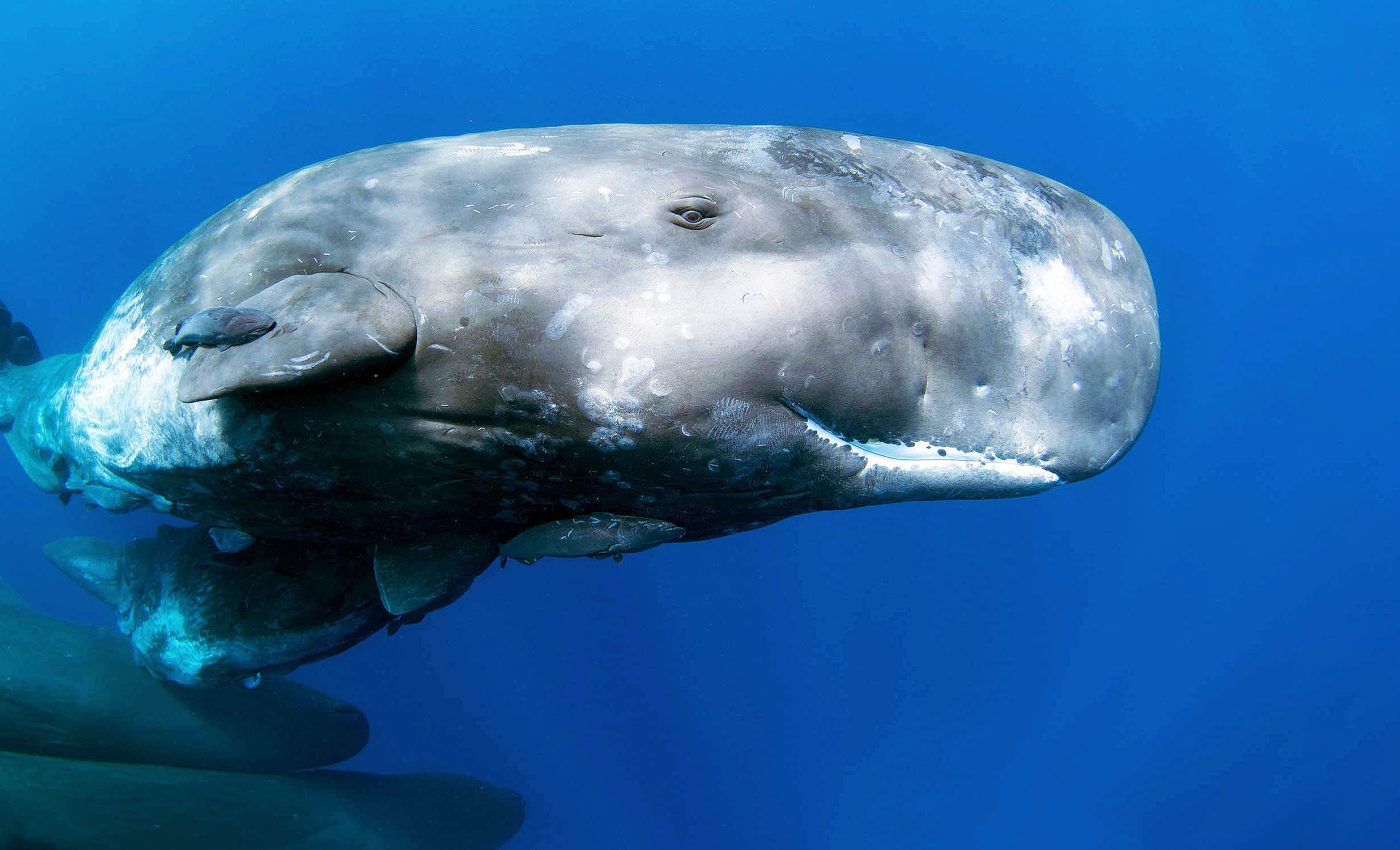
Where have all the sperm whales gone? Scientists think they know
We all love a good mystery, don’t we? But when it comes to the mysteries of our vast oceanic realm, they may not always have a comforting conclusion. A recent conundrum involving the disappearance of sperm whales has been puzzling marine scientists.
Disappearing act of Gulf sperm whales
A study in the acclaimed scientific journal PeerJ Life and Environment has uncovered a strange occurrence; the sperm whales (Physeter macrocephalus) are making a swift exit from the central part of the Gulf of California.
So what’s driving them away, you might wonder? It seems the jumbo squid (Dosidicus gigas) population collapse has a part to play in this aquatic drama.
Msc. Héctor Pérez-Puig from Prescott College and Dr. Alejandro Arias Del Razo from Universidad de las Américas Puebla (UDLAP) are the dynamic duo leading the investigation, unravelling this marine mystery.
Survey of sperm whales in the Gulf
Over 9 years, these committed researchers scoured the eastern Midriff Islands Region of the Gulf of California, using a combination of survey data and photo-identification techniques to follow the trail of the disappearing sperm whales.
Their findings? A strong link between the vanishing jumbo squid and the sperm whales’ departure. The whales were nowhere to be seen from 2016 to 2018.
Understanding jumbo squid
Jumbo squid, or Humboldt squid, are remarkable and formidable marine creatures inhabiting the deep waters of the Pacific Ocean, particularly along the coasts of Mexico and Peru.
Growing up to seven feet in length and weighing as much as 100 pounds, they rank among the largest squid species known.
Equipped with sharp beaks and strong tentacles lined with serrated suckers, these squids are adept hunters, preying on fish, shrimp, and even smaller squid.
They often hunt in large, coordinated groups, referred to as “squid squads.” When they detect prey, their quick reflexes allow them to ambush and overpower it, showcasing a surprising level of intelligence.
In addition to their size and aggressive hunting tactics, jumbo squids possess a fascinating ability to communicate through color. By flashing different hues, such as red and white, across their skin, they signal to one another or deter potential threats.
Their increasing prevalence in recent years, including sightings along the California coast, raises intriguing questions about ecological shifts. Scientists hypothesize that this migration may be influenced by changes in ocean temperatures and fishing pressures.
Sperm whale population
From 2009 to 2015, the sperm whale population in the central Gulf fluctuated between a modest 20 to a whopping 167, with a “super population” peaking at 354.
But between 2016 to 2018, things took a downturn; no sightings of sperm whales were recorded at all.
We are what we eat
There’s a positive relationship between squid landings and whale sightings (R² = 0.644). Essentially, this means as the squid population dwindled, so did the presence of sperm whales in the Gulf.
And what’s the culprit behind this calamity?
Well, it’s none other than environmental changes. Sustained ocean warming and intense El Niño events have thrown the Gulf’s ecosystem balance off-kilter.
And this is bad news for the jumbo squid, which shows a shift towards smaller sizes, possibly too scrawny to feed our large predator friends, the sperm whales.
Bigger picture
Let’s take a step back and look at the bigger picture. Sperm whales, as the top-dogs of the ocean food chain, control the energy flow within marine ecosystems.
Their exit from the Gulf of California paints a distressing image of wider environmental changes and raises alarm bells about the region’s long-term health.
“The departure of sperm whales from the Gulf of California serves as a sentinel signal, reflecting significant shifts in marine ecosystems. As the environment changes, so too does the delicate balance between predators and prey,” noted Héctor Pérez-Puig, the lead investigator.
A call to action
So where do we go from here? This study urges for a more detailed analysis to fully grasp the movement patterns of sperm whales and their prey.
Especially considering the ongoing “tropicalization” of the Gulf of California, it’s crucial to keep monitoring these changes and evaluate their impact on marine life and overall ecosystem health.
Human impact
Natural phenomena are important for ecosystem dynamics, but human activities also greatly affect marine life.
Overfishing, especially of jumbo squid, along with pollution and boat traffic, puts extra stress on fragile ecosystems. These actions disturb sperm whales and threaten their food sources.
To create effective conservation strategies, we need to understand our impact. By adopting sustainable fishing practices and cutting down on pollution, we can help restore balance in the Gulf of California’s marine environment.
Ripple effect
This isn’t just a whale of a tale. The research plays a key part in the field of marine biology and ecology, with potential repercussions for conserving both the sperm whales and the broader marine environment in the Gulf of California.
It underscores the crucial role long-term data collection plays in understanding population trends and the effects of climate change on marine species.
In conclusion, the story of the vanishing sperm whales is an eerie reminder of how our actions can tip the balance of nature. While we’ve taken a glimpse into this marine mystery, it’s clear there’s still much to uncover.
Will we be able to turn the tide in time? Or will the tale of the sperm whales become a cautionary echo in our oceanic depths? The future of the Gulf of California hangs in the balance, and we hold the scales.
The study is published in the journal PeerJ.
—–
Like what you read? Subscribe to our newsletter for engaging articles, exclusive content, and the latest updates.
Check us out on EarthSnap, a free app brought to you by Eric Ralls and Earth.com.
—–













